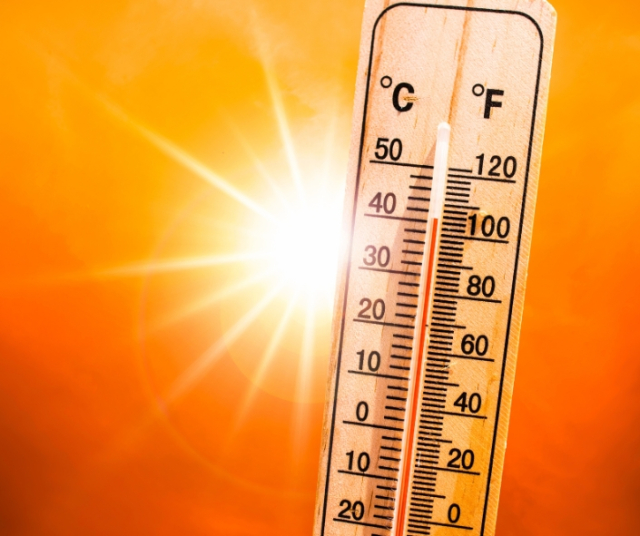Climate change is an undeniable reality and its effects are becoming increasingly evident throughout the world. Mexico is no exception and has faced a number of environmental challenges, including the increasing frequency and intensity of heat waves.
Causes and contributing factors
Heat waves are prolonged weather events of extremely high temperatures that exceed historical averages. In the case of Mexico , there are several factors that contribute to the appearance and intensification of heat waves. Climate change is one of the main drivers, as it has led to a widespread increase in temperatures across the country. Greenhouse gases released by human activities, such as the burning of fossil fuels and deforestation, have caused an increase in the concentration of heat in the atmosphere.
In addition to climate change, other factors that contribute to heat waves in Mexico include rapid urbanization, deforestation, and a lack of green areas. Cities that are densely populated and with high concentrations of buildings and pavement can generate " heat islands ", where temperatures are significantly higher than in the surrounding rural areas. The removal of forests and vegetation also affects the ecological balance and the natural cooling capacity of the environment.
Consequences for health and the environment
Heat waves have significant consequences for human health and the environment. In terms of health, high temperatures can lead to heat-related illnesses such as heat stroke, heat exhaustion, and heat stroke. The most vulnerable groups, such as children, the elderly, and people with chronic illnesses, are at higher risk of complications from high temperatures. In addition, heat waves can also aggravate existing respiratory and cardiovascular problems.
Regarding the environment, heat waves can have a devastating impact on ecosystems and biodiversity. Bodies of water evaporate more quickly, leading to droughts and water shortages. Crops and vegetation also suffer, affecting food security and the availability of natural resources . Forest fires are another serious consequence, since high temperatures and lack of humidity create favorable conditions for their spread.
Mitigation and adaptation measures
Given the growing threat of heat waves, it is essential to implement mitigation and adaptation measures to reduce their impact and protect the population and the environment. Some of the key actions that can be taken include:
Reducing greenhouse gas emissions: It is crucial to take measures to reduce the release of greenhouse gases and curb climate change. This implies the transition towards renewable energy sources, the promotion of energy efficiency and the adoption of sound environmental policies.
Sustainable urban planning: Cities must implement sustainable urban planning strategies that include the creation of green areas, the promotion of green roofs and the implementation of urban cooling systems. These measures can help mitigate the effect of heat islands and improve the quality of life for urban residents.
Education and public awareness: It is essential to educate the population about the risks associated with heat waves and protective measures. Public awareness can encourage behavior changes, such as reducing energy consumption, using more efficient cooling systems, and protecting health during extreme heat conditions.
Strengthening health systems and emergency response: Health systems must be prepared to deal with heat-related health challenges. This involves training medical professionals, developing emergency response plans, and monitoring public health during heat waves.
Ecosystem conservation and restoration: The protection and restoration of natural ecosystems play a vital role in mitigating climate change and adapting to heat waves. Forest conservation, reforestation and the promotion of sustainable agricultural practices can help reduce the negative impacts of high temperatures on the environment.
It is the responsibility of everyone, from governments to individuals, to take action to address climate change, protect natural resources, and promote resilience to heat waves. By working together, we can build a more sustainable and secure future for Mexico and the entire world.
